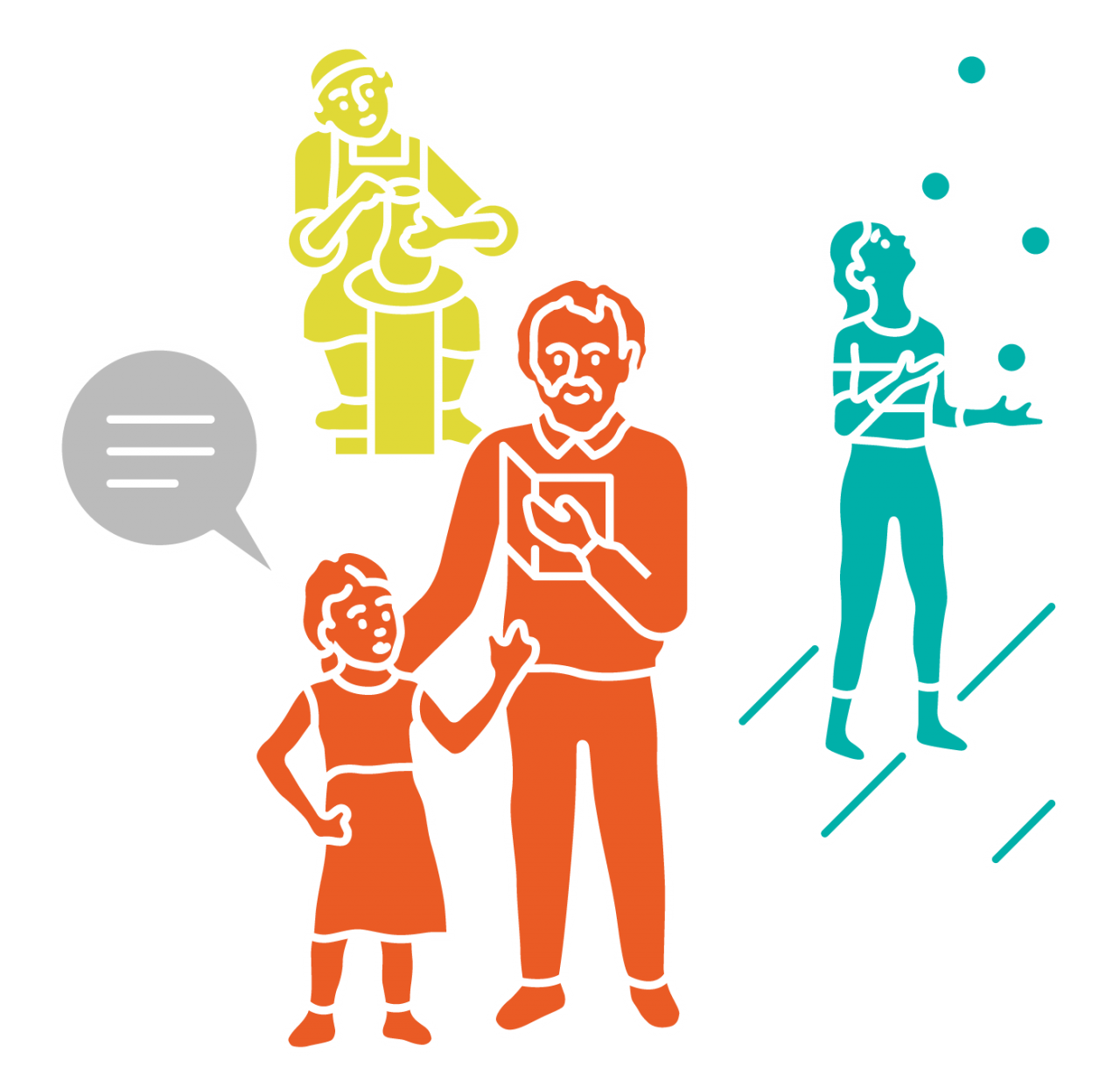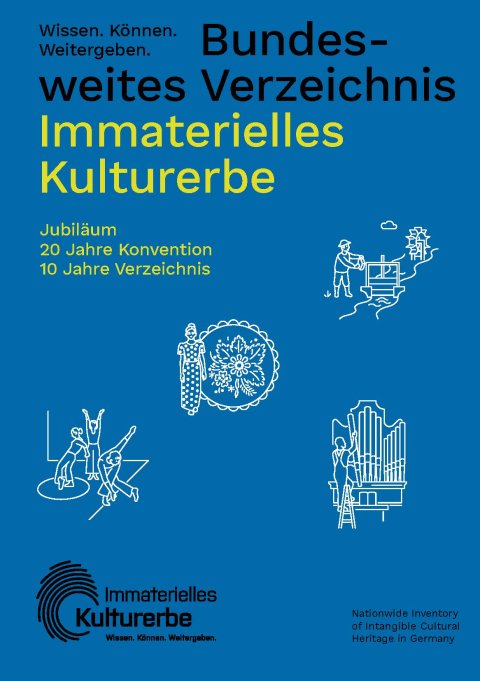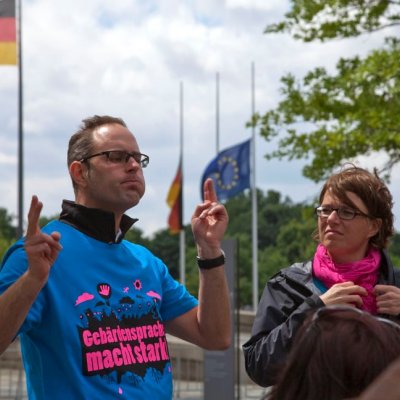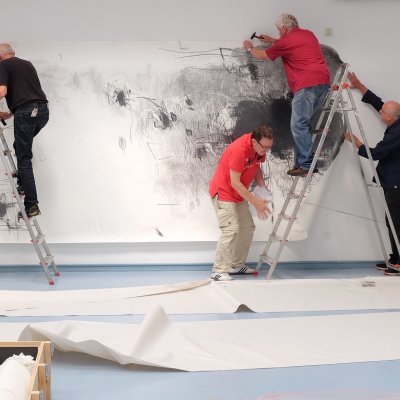Nationwide Inventory of Intangible Cultural Heritage
Artisan Cidermaking
Artisan cidermaking combines skills regarding the management of meadow orchards with knowledge and expertise about cider production and the customs associated with it.

Facts & Figures
Crucial date: throughout the year
Inscription: 2022
Domains: social practices, (seasonal) rituals and festive event; knowledge and practice concerning nature and the universe; traditional craftsmanship
Where to find: Baden-Württemberg, Bavaria, Hesse, Rhineland-Palatinate (and beyond)
Cider production initially involves shaking the apples from the trees and chopping them into a coarse mash. Yeast is added to the resulting juice and it is fermented. Fruity-spicy aromas develop from the fermentation process.
Over time the meadow orchards have characterised the landscape and this has developed into a culture with a separate identity. Artisan cidermaking is frequently carried out by families, associations and pressing communities who grow and press their own fruit. Traditionally the knowledge and expertise to produce cider is passed on within families and associations over generations. In addition, there are many seasonal taverns and small pressing buildings, which have developed their own traditional tastes and flavours.
For many people, an important part of artisan cidermaking is the experience of belonging to a community. People care for the fruit trees together, press the apples and celebrate by holding cider festivals. Passing on the traditions of cidermaking is supported by associations, clubs and meadow fruit initiatives. They offer basic and advanced training courses, where the skills required to manage fruit trees and maintain species are consolidated.




